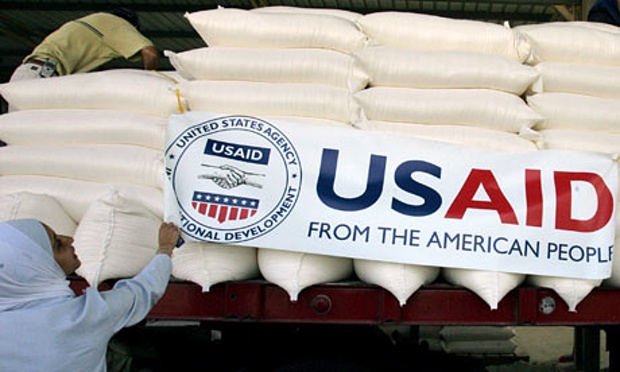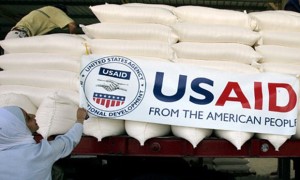
Much has been discussed and debated over the food stamp program of the Farm Bill, however, as you may know the Bill includes many other programs such as international food aid. This food aid program has been largely left unchanged in the current version, even though in recent months it was reported that the Obama administration was looking to address the major weaknesses of the program.
Currently, the US grows and ships most of the food that makes up its international food assistance, which has been found to be an inefficient and more costly process than if the US bought locally produced food. One provision of the current program is that 75% of US-funded food aid is to be transported on US-flag vessels, which often results in monthly delays of food aid when it’s needed the most, and the money spent on this transport amounts to an additional $1 billion.
In addition, the US Government Accountability Office has found the process of “monetization,” which involves buying food from US farmers and selling it overseas, to be largely inefficient and costly, as well as having a negative impact on local markets. The money recovered from these transactions is often 58-70% of the original value. These losses could be avoided by changing the way the aid is distributed. According to supporters of the program reform, 17 million more people could benefit from the money saved on these costs.
Unfortunately, the proposed shift in how food is procured has been met with opposition from organizations like the USA Rice Federation and the USA Maritime, among others, who have expressed concern for jobs lost if the government no longer shipped US-grown food overseas. However, the proportion of current food aid accounts for less than 1% of the US agricultural exports, which is a “small drop in the market” and not an “important revenue stream for U.S. agriculture,” according to Veronica Nigh, an economist with the American Farm Bureau Federation.
With the proposed changes, more than half of the food would still be grown by US farmers and shipped overseas, and a pilot program of buying food locally would be extended, which would ultimately result in feeding more people at a lower cost.

USAID humanitarian aid in Amman
Photo credit: The Guardian








